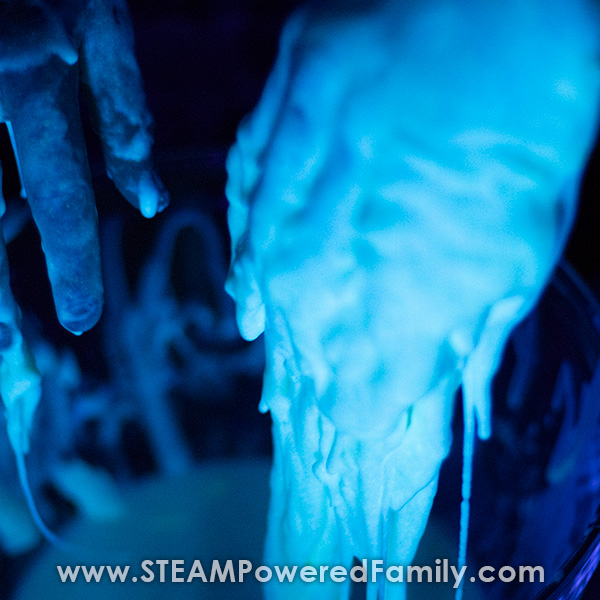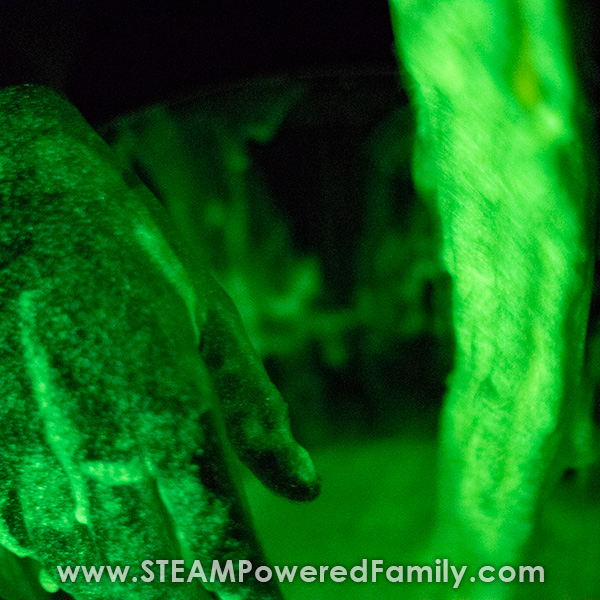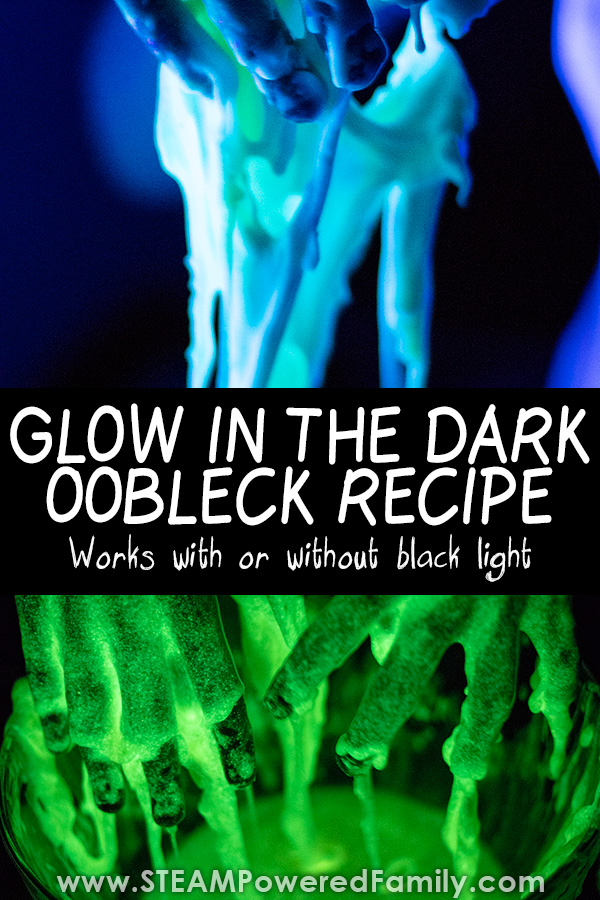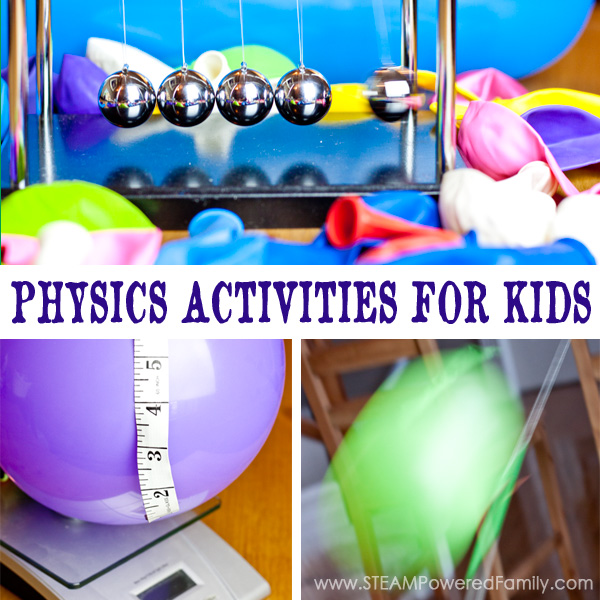Amazing Glow In The Dark Oobleck – Glows with or without black light
Oobleck is one of our favourite creations. Sure slime is fun, but after a while it can get a little boring. Oobleck, no matter how often we make it, is completely fascinating. It defies all logic. Making it one of the most fascinating things to play with and a fantastic topic for some serious science investigations. We have made color changing oobleck, so now it was time to create a glow in the dark oobleck recipe, just in time for Halloween!
Glow in the Dark Oobleck Recipe
Disclaimer: This post contains affiliate links
Oobleck is quite simply amazing. Growing up, if we were getting underfoot, my mom would give us a “bucket of goop” and let us go crazy outside with us. So much better than screen time! We would play for hours having an amazing time.
So what exactly is oobleck?
Oobleck is a non-Newtonian fluid that acts as both liquid and solid. Put it under pressure and it becomes a solid. At times almost impenetrable, breaking into chunks. But release the pressure and it flows like a liquid.
Some people call it “goop” others call it “magic mud” but I just love calling it Oobleck, a name given to it based on it’s similarity to a substance in the Dr. Seuss book – Bartholomew and the Oobleck… oh the places you will go with oobleck in your science lessons!
Glow in the Dark Oobleck Science
We have loved studying Issac Newton’s theories in the past but with oobleck we have a non-Newtonian fluid because it doesn’t follow his laws of Fluid Viscosity.
Newton’s Law of Viscosity states: the shear stress between adjacent fluid layers is proportional to the negative value of the velocity gradient between the two layers.
Density and viscosity affect how a fluid moves. Whether it rushes quickly or moves slowly like sludge.
With density we know higher density sinks, lower density floats.
Viscosity is the friction created between the molecules when the liquid is flowing. If there is a lot of friction, it is a thicker liquid, and has a higher viscosity. Like mud.
These two properties work together to create predictable behaviours in liquids.
That is until Oobleck comes on the scene, then nothing acts as predicted. Oobleck breaks all the rules. Becoming solid under pressure, and liquid without pressure. I’m sure you have even seen videos of people walking on oobleck!
The Science Behind the Glow
So how does ours glow? We used two ingredients to make our oobleck glow – glow in the dark paint and tonic water.
Tonic water fluoresces under black light due to a special ingredient in it called quinine.
Glow in the dark paint works in a different way, due to a process called: luminescence which is caused by chemicals called luminescent phosphors in the paint. For this glow to work it needs to charge in the light. You will have the brightest glow when you first turn off the lights, then it will fade. You can “recharge” the glow simply by turning on the lights again for a minute.
Two different types of glow, mean this Glow in the Dark Oobleck recipe is extra cool in the dark!
What was amazing was to see how the colour changed. While glowing under black light the glow was blue, but when it was glowing in the true dark it was green. So we could tell which ingredient was causing each glow just based on the color. So cool!
Check out our Video of Glowing Oobleck in Action!
Glow in the Dark Oobleck Recipe
Large bowl
Spoon
1 tube glow in the dark paint
1 cup tonic water
2 cups corn starch
Black light
One very easy to clean space you can make really, really dark. It’s going to get messy!
In the bowl add 2 cups of corn starch and the glow in the dark paint (we use our whole tube). Mix with the spoon.
Add 1 cup of tonic water and mix carefully. The crazy non-Newtonian features will be evident immediately! It is very easy to make a mess while mixing it all together.
The kids couldn’t wait to head into our mudroom and test out our new Glow in the Dark Oobleck!
We went into our mudroom, turned off the lights and sat on the floor in front of our the black light.
It worked! It glowed!
And even with the paint and tonic water instead of water, it still had all of those awesomely, amazing qualities that we love so much in Oobleck. When pressure was applied it turned solid, like a putty consistency, but as soon as you removed the pressure it turned back into liquid.
The kids were really surprised that it wasn’t bubbly. The kids thought the carbonation might affect things, but when we first added the tonic water to the corn starch it bubbled a lot, so we are guessing all the carbonation went away at that early stage. Perhaps this could be the subject of another scientific investigation!
This project makes a fantastic Halloween science lab!
Oobleck Playing Tips!
Always use in an area where you can easily clean. Placing a plastic sheet over the area if you are indoors is smart. Or take your play outside.
Never put oobleck down the drain. Scrape into the garbage when you are done.
The glow in the dark paint may need to charge. You can use your black light or a regular flash light to charge the paint if it looses it’s brightness during play.
















